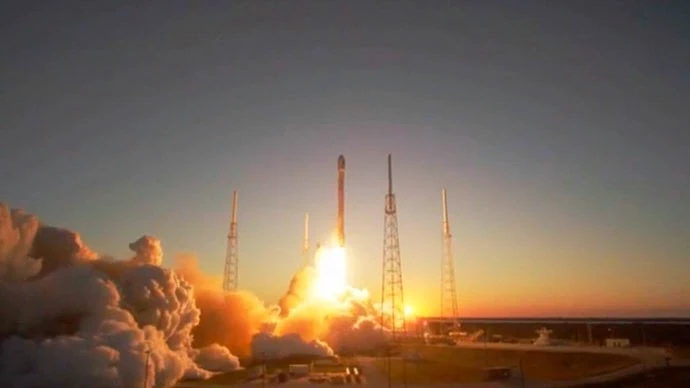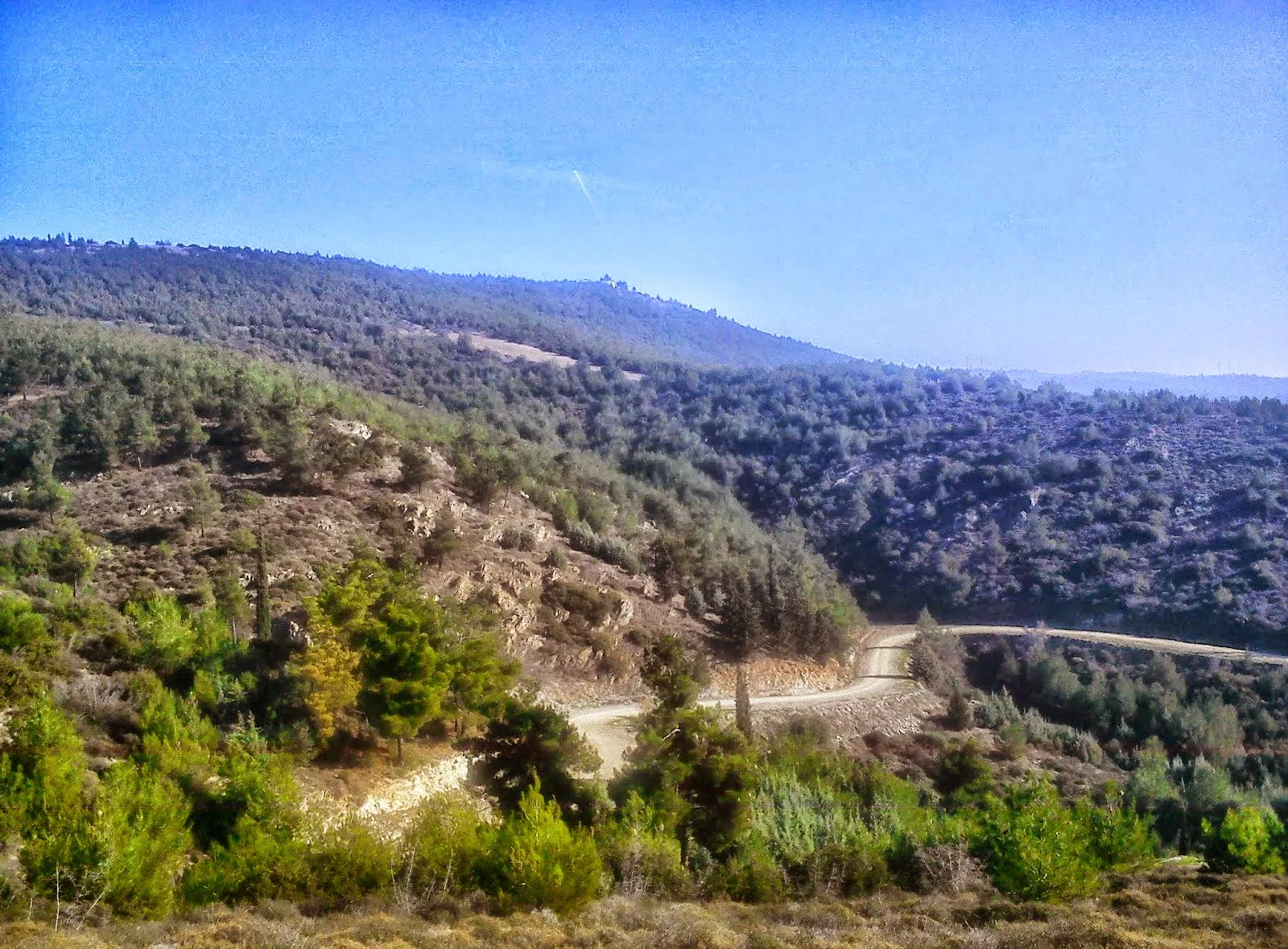More than 600 non-operating satellites, used-up stages of rockets and other pieces of space vehicles burnt last year reentering the atmosphere.
According to the American weekly newspaper Space News, the data was reported by NASA to the UN Committee on the peaceful uses of outer space, where the space junk disposition was discussed.
Specialists estimate that last year's space junk fall was more intense than usual because of high solar activity which raised the atmosphere boundary and made a part of space junk from low orbits approach the Earth’s surface.
According to experts the overall weight of the space junk that entered atmosphere is over 100 tons. It is impossible to find out how many pieces have reached the earth having crossed the dense atmosphere, but it is known that no one suffered from the phenomenon.
According to NASA experts, after the space junk fall the space has become cleaner. They claim that there are fewer 10-cm objects classified as space junk. Meanwhile, the weight of used-up satellites and pieces of orbital platforms has increased from 5 to 6.5 thousand tons over the last 10 years.
Specialists offer different ways of space junk disposition, even such exotic ones as special orbital “vacuum cleaners”. At the same time almost everybody agrees that it is most important for all countries to abide by the rules of the spacecraft usage.
http://tass.ru/en/non-political/778607
19/2/15
--
-
Related;
Related:
According to the American weekly newspaper Space News, the data was reported by NASA to the UN Committee on the peaceful uses of outer space, where the space junk disposition was discussed.
Specialists estimate that last year's space junk fall was more intense than usual because of high solar activity which raised the atmosphere boundary and made a part of space junk from low orbits approach the Earth’s surface.
According to experts the overall weight of the space junk that entered atmosphere is over 100 tons. It is impossible to find out how many pieces have reached the earth having crossed the dense atmosphere, but it is known that no one suffered from the phenomenon.
According to NASA experts, after the space junk fall the space has become cleaner. They claim that there are fewer 10-cm objects classified as space junk. Meanwhile, the weight of used-up satellites and pieces of orbital platforms has increased from 5 to 6.5 thousand tons over the last 10 years.
Specialists offer different ways of space junk disposition, even such exotic ones as special orbital “vacuum cleaners”. At the same time almost everybody agrees that it is most important for all countries to abide by the rules of the spacecraft usage.
http://tass.ru/en/non-political/778607
19/2/15
--
-
Related;
Related:
Russian satellite hit by remnants of destroyed Chinese spacecraft (VIDEO)
Δορυφόροι από ανακυκλωμένα διαστημικά «σκουπίδια» σε τροχιά
Weltraumschrott: Eine Müllabfuhr für die Umlaufbahn.....
Εν αναμονή του «φαινομένου του Κέσλερ»















 GR
GR FR
FR DE
DE ES
ES IT
IT RU
RU EU
EU